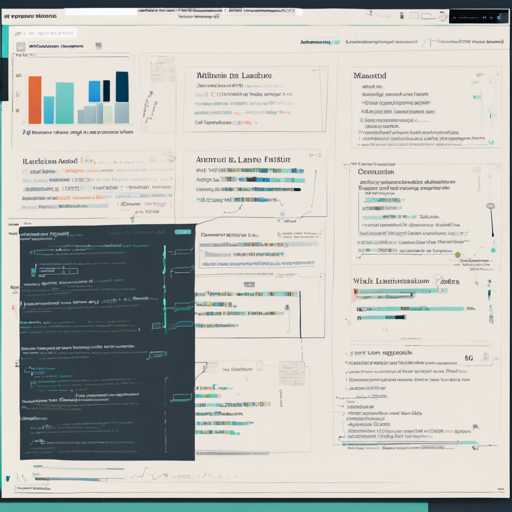Are you looking to enhance your real estate application with advanced image classification capabilities? The LAION-Finetuned Luxury Annotater model is here to assist you! This blog will guide you step-by-step on how to use this fascinating model effectively.
Model Overview
The LAION-Finetuned Luxury Annotater is a sophisticated model derived from laionCLIP-ViT-B-32-laion2B-s34B-b79K, specifically tailored for classifying room images based on luxury levels and types. It employs a multi-stage approach using diffusion models for supplementary training data and hierarchical CLIP networks for luxury annotation. This results in high accuracy for distinguishing luxury levels from various real estate images.
Intended Uses
- Annotating real estate images by classifying room types and luxury levels.
- Filtering properties based on the luxury level of rooms in real estate platforms.
Limitations
- Optimized for real estate images—may not generalize well to other domains.
- Zero-shot classification is limited to predefined categories used during fine-tuning.
Training and Evaluation Data
The model was trained using a diverse dataset, including images of kitchens, bathrooms, living rooms, and more, all labeled by Wahi Inc. The annotation focused on the aesthetics and luxury level of each room.
Training Procedure
Training Hyperparameters
- Learning Rate: 1e-06
- Train Batch Size: 384
- Eval Batch Size: 24
- Seed: 42
- Optimizer: Adam with betas=(0.9, 0.999) and epsilon=1e-08
- LR Scheduler Type: Linear
Framework Versions
- Transformers: 4.37.2
- PyTorch: 2.0.1+cu117
- Datasets: 2.14.4
- Tokenizers: 0.15.0
How to Use the Model
To harness the model’s power, you need to follow these steps for zero-shot image classification using the Hugging Face pipeline API:
python
from transformers import pipeline
from PIL import Image
# Initialize the pipeline
classifier = pipeline("zero-shot-image-classification", model="strollingorange/luxury_annotater")
# Define the candidate labels
candidate_labels = [
"a photo of standard bathroom",
"a photo of contemporary bathroom",
"a photo of standard kitchen",
"a photo of contemporary kitchen",
"a photo of standard foyer",
"a photo of standard living room",
"a photo of standard dining room",
"a photo of contemporary foyer",
"a photo of contemporary living room",
"a photo of contemporary dining room"
]
# Load your image (replace image_path with your actual image path)
image = Image.open("path_to_your_image.jpg")
# Run zero-shot classification
result = classifier(image, candidate_labels=candidate_labels)
# Output the result
print(result)
Understanding the Code through an Analogy
Think of using this model like an expert interior designer who can analyze a room from a picture. Just as a designer categorizes a room into styles like ‘contemporary’ or ‘traditional’ by looking at its features, this model takes an image and evaluates it based on pre-defined categories related to luxury levels. Each step in the code serves a specific purpose, just as each task in a design project has its role—from gathering data to final evaluations.
Troubleshooting
If you encounter issues while using the model, here are some troubleshooting tips:
- Ensure that your image is in a supported format (e.g., JPG or PNG).
- Check the installation of required libraries—make sure you have the correct versions of Transformers, PyTorch, and other dependencies.
- If you get errors related to the pipeline not being found, double-check the model name you provided.
For more insights, updates, or to collaborate on AI development projects, stay connected with fxis.ai.
Conclusion
Using the LAION-Finetuned Luxury Annotater model can significantly elevate your real estate image classification capabilities. At fxis.ai, we believe that such advancements are crucial for the future of AI, as they enable more comprehensive and effective solutions. Our team is continually exploring new methodologies to push the envelope in artificial intelligence, ensuring that our clients benefit from the latest technological innovations.

